Why is Microsoft adding a blue light filter to Windows 10? – the circadian rhythm explained
3 min. read
Published on
Read our disclosure page to find out how can you help Windows Report sustain the editorial team. Read more
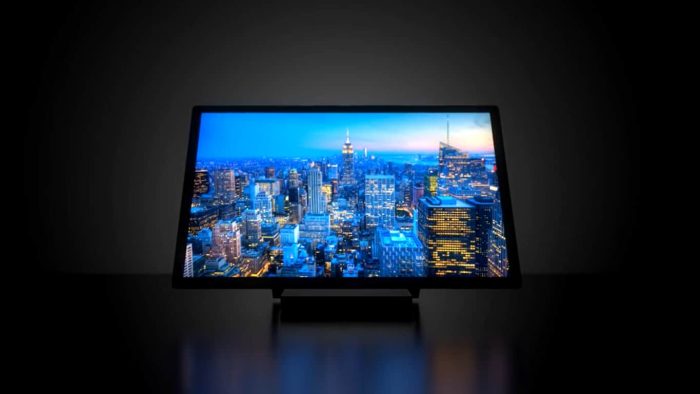
Yesterday, Microsoft rolled out the Windows Insider PC build 15002 which brought a lot of new options in the Settings app. One of the highlights was a new setting to automatically lower the amount of blue light emitted from your PC at night, much like third-party apps like f.lux can do.
This built-in setting is intended to make your computer’s display adapt to the time of day, with warmers colours at night that will definitely be easier to your eyes. But this isn’t just about comfort, as exposure to blue light at night can also be harmful to both your sleep and overall health.

In an article originally published in May 2012, the Harvard Medical School explained in detail the effects of nighttime light on your health. “At night, light throws the body’s biological clock—the circadian rhythm—out of whack. Sleep suffers. Worse, research shows that it may contribute to the causation of cancer, diabetes, heart disease, and obesity.” More importantly, it seems that blue wavelengths which stimulate our attention and mood during daylights hours can really interfere with a person’s circadian rhythm and melatonin secretion (a hormone that influences circadian rhythms) during nighttime:
While light of any kind can suppress the secretion of melatonin, blue light at night does so more powerfully. Harvard researchers and their colleagues conducted an experiment comparing the effects of 6.5 hours of exposure to blue light to exposure to green light of comparable brightness. The blue light suppressed melatonin for about twice as long as the green light and shifted circadian rhythms by twice as much (3 hours vs. 1.5 hours).
To avoid disturbing your circadian rhythm, the Harvard Medical school recommended to avoid looking at bright screens at night and to use dim red lights for night lights. “Red light has the least power to shift circadian rhythm and suppress melatonin,” explained the article. Fortunately, the Blue light settings in the Windows 10 Preview build 15002 allow you to adjust the color temperature at night, letting you choose warmer colors if you want to.

For now, it’s not clear if Microsoft will also bring this new blue light settings to Windows 10 Mobile, though it would really make sense. For a lot of people, checking our smartphones is the last thing we do before going to bed, and it would be really nice to be able to do so without disturbing our circadian rhythm.
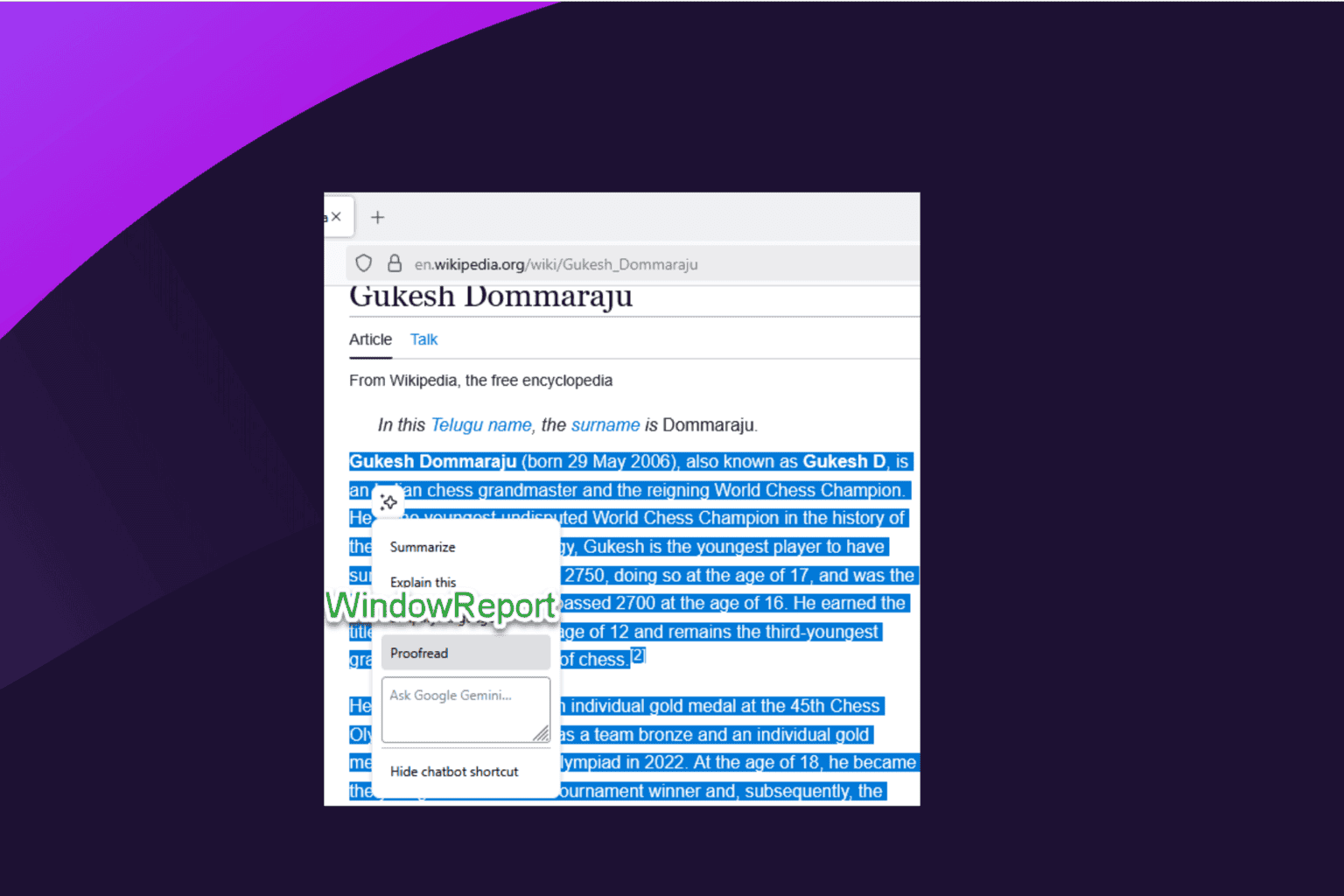
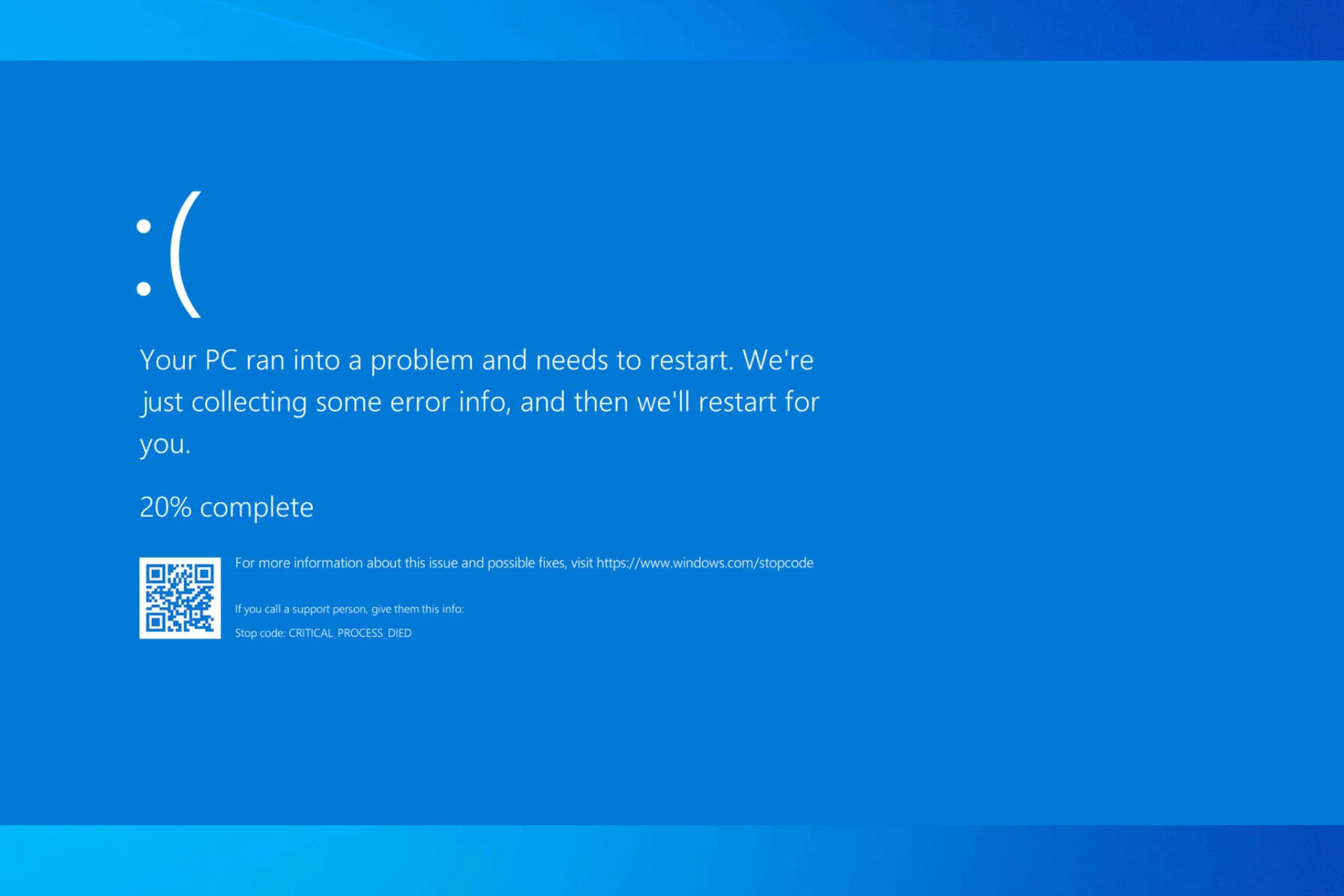
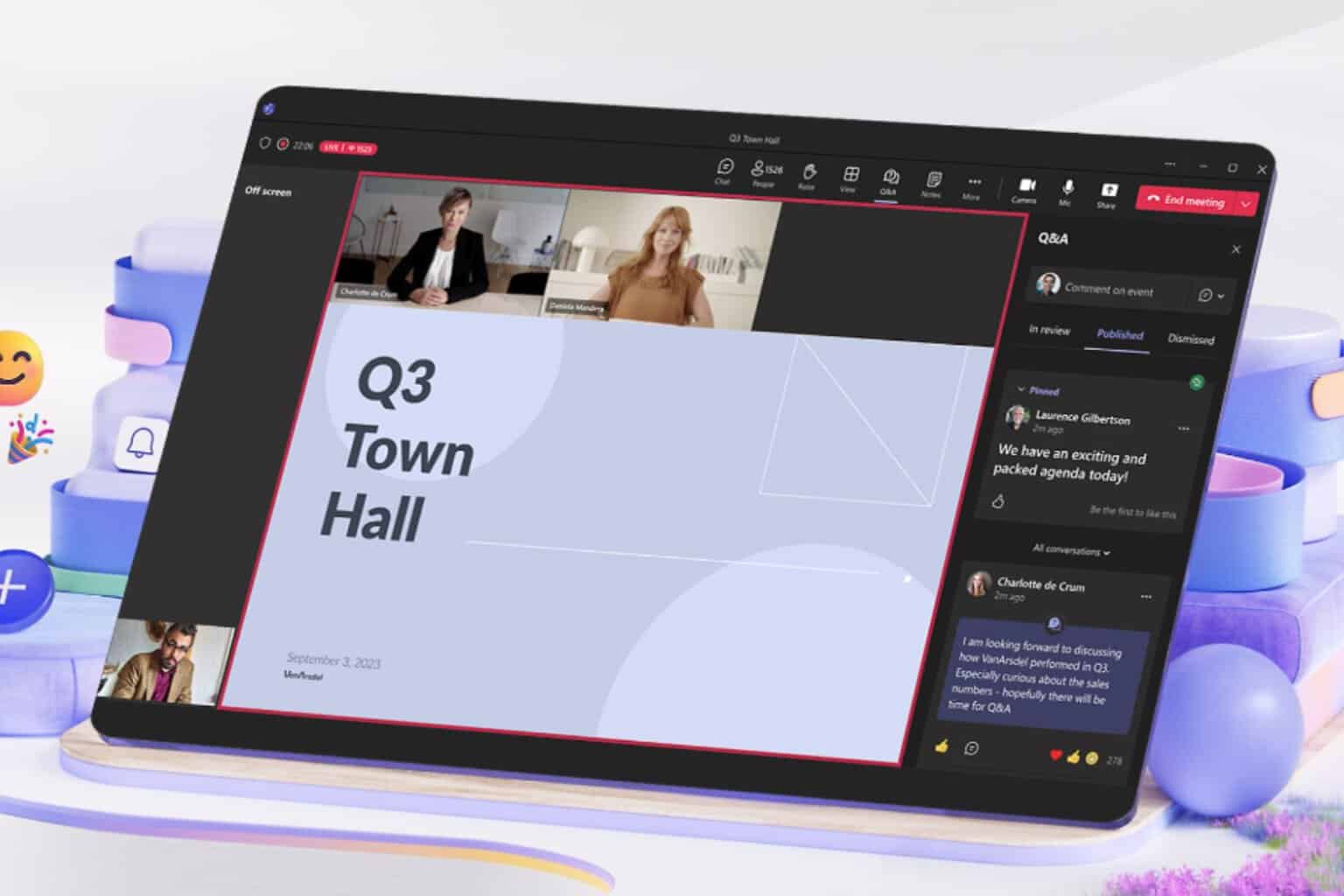


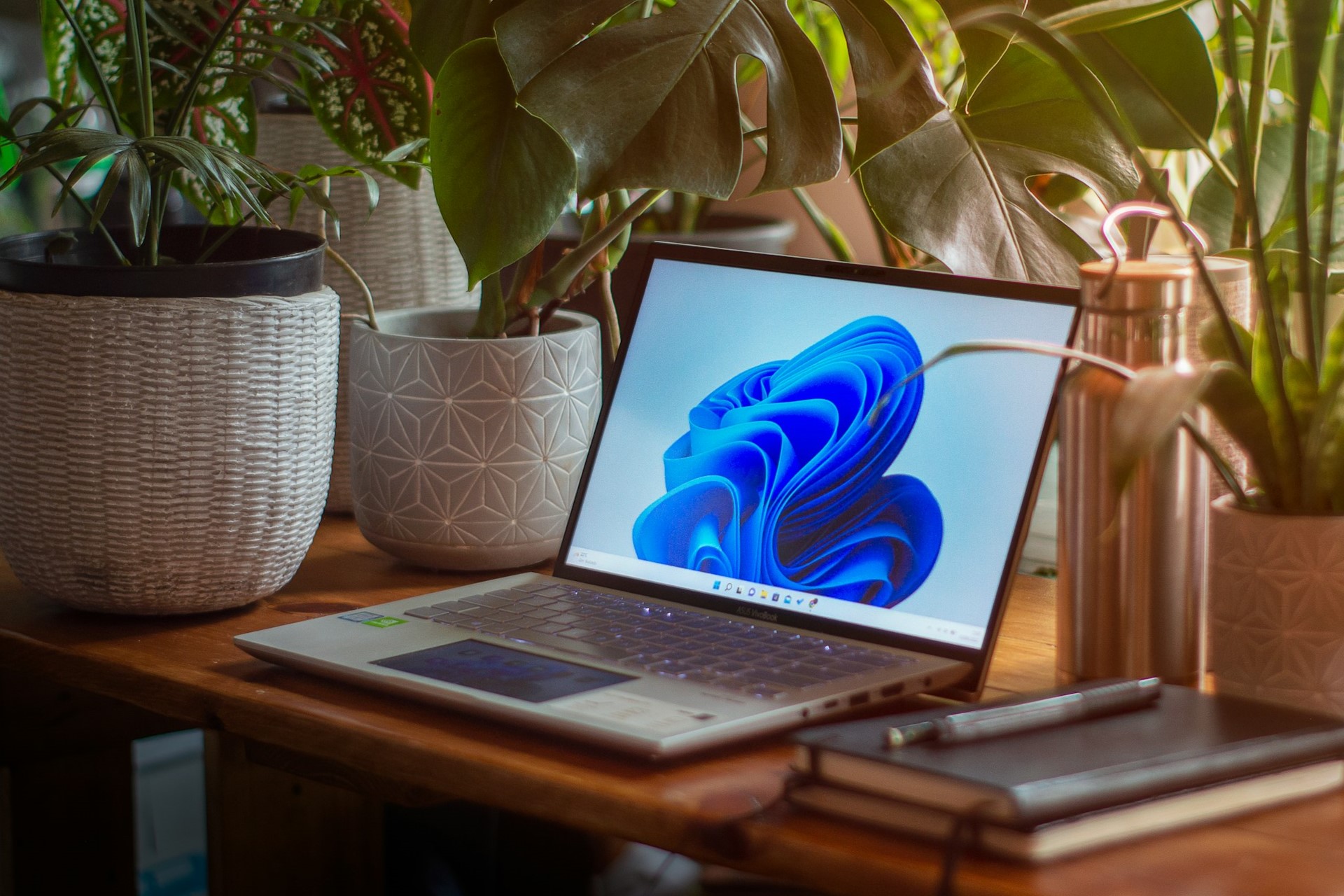


User forum
0 messages